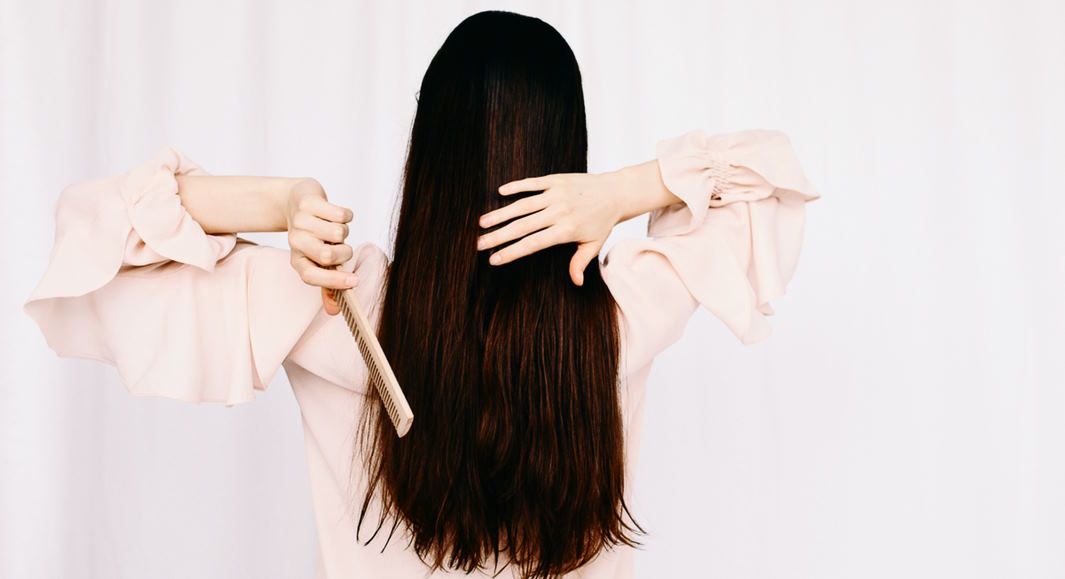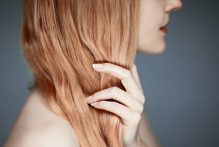
Our hair is exposed to various environmental factors on a daily basis, including sunlight, pollution, humidity, and harsh weather conditions. These environmental factors can take a toll on our hair, leading to dryness, frizz, breakage, and other damage. However, with the right knowledge and care, we can protect our hair from these environmental aggressors and keep our locks healthy, shiny, and vibrant. This blog post will explore the best ways to safeguard your hair from environmental damage, from simple preventive measures to effective hair care routines. So, whether you’re a city dweller dealing with pollution or a beach lover exposed to sun and saltwater, read on to discover how you can protect your precious strands and maintain gorgeous hair, no matter what the environment throws at you! Let’s dive in!
Understanding Environmental Damage to Hair
Our hair is exposed to various environmental factors on a daily basis, and these factors can have detrimental effects on its health and appearance. Environmental damage to hair can manifest in several ways, including dryness, brittleness, color fading, and loss of elasticity. Let’s take a closer look at how pollution particles, UV rays, and other environmental pollutants can penetrate the hair shaft, disrupt the cuticle, and weaken the protein structure of the hair, leading to hair breakage, split ends, and an overall dull and lifeless appearance.

Pollution particles from sources such as car exhaust, industrial emissions, and airborne particles can settle on the hair shaft and scalp, creating a barrier that prevents proper moisture absorption. This can result in dryness and lack of natural oils, making the hair brittle and prone to breakage. Moreover, pollution particles can also penetrate the hair shaft and disrupt the cuticle, which is the outer protective layer of the hair. This can lead to damage to the protein structure of the hair, causing it to lose strength and elasticity.
UV rays from the sun are another environmental factor that can cause damage to the hair. Prolonged exposure to UV rays can cause the hair to lose its natural color, especially in dyed or chemically treated hair. UV rays can also break down the proteins in the hair, leading to weakened hair structure, increased porosity, and loss of elasticity. This can make the hair more susceptible to breakage, split ends, and an overall dull appearance.
In addition to pollution particles and UV rays, other environmental pollutants such as dust, smoke, and chemicals in the air can also accumulate on the hair and scalp, leading to similar damaging effects. These pollutants can strip the hair of its natural oils, disrupt the cuticle, and weaken the hair structure, resulting in dryness, brittleness, and dullness.
Overall, environmental damage to hair is a real concern that can have a negative impact on its health and appearance. Understanding how pollution particles, UV rays, and other environmental pollutants can penetrate the hair shaft, disrupt the cuticle, and weaken the protein structure of the hair can help us take proactive measures to protect our hair from these damaging effects. In the next section, we will discuss practical tips and strategies to safeguard our hair from environmental damage and maintain healthy and vibrant locks.

Tips for Protecting Your Hair
Taking proactive measures to protect your hair from environmental damage is essential for maintaining its health and vitality. Here are some practical tips to help you shield your hair from the harmful effects of environmental factors:
- Regular hair washing: Washing your hair regularly is crucial for removing pollution particles and other contaminants that may have accumulated on your hair shaft and scalp. Use a gentle shampoo that is suitable for your hair type and rinse thoroughly to ensure all pollutants are washed away.
- Protective hairstyles: Opt for protective hairstyles, such as updos or braids, that can minimize the exposure of your hair to environmental elements. These styles can help to keep your hair tucked away and protected from pollutants, UV rays, and harsh weather conditions.
- Use anti-pollution and UV protection hair care products: Look for hair care products that are formulated with anti-pollution or UV protection properties. These products can help to create a barrier on your hair shaft, protecting it from environmental damage. For example, use a leave-in conditioner or hair serum with UV protection to provide an extra layer of defense against harmful UV rays.
- Hydration and moisturization: Keeping your hair adequately hydrated and moisturized is crucial for maintaining its health and resilience. Use a hydrating shampoo and conditioner that can help replenish your hair’s moisture. Also, regularly use a deep conditioning hair mask or oil treatment to nourish and strengthen your hair.
- Use hair serums, oils, and masks: Hair serums, oils, and masks can provide additional protection to your hair against environmental damage. In addition, these products can help seal the hair cuticle, minimize frizz, and add extra moisture and protection to your locks.
- Accessories for physical protection: Use accessories such as hats, scarves, or head wraps to protect your hair against harsh weather conditions. These accessories can help to shield your hair from direct exposure to UV rays, wind, and pollution.
- Limit heat styling: Excessive use of heat styling tools, such as flat irons, curling irons, and hair dryers, can further weaken the hair structure and make it more vulnerable to environmental damage. Limit heat styling tools and heat protectant products when styling your hair to minimize the risk of damage.
In conclusion, protecting your hair from environmental damage requires proactive care and attention. By following these practical tips, you can help to minimize the detrimental effects of pollution, UV rays, and other environmental factors on your hair and keep your locks healthy, resilient, and beautiful. Remember to regularly cleanse, moisturize, and protect your hair using suitable hair care products and hairstyles, and limit the use of heat styling tools to maintain the health of your hair in the long run. Your hair will thank you!




